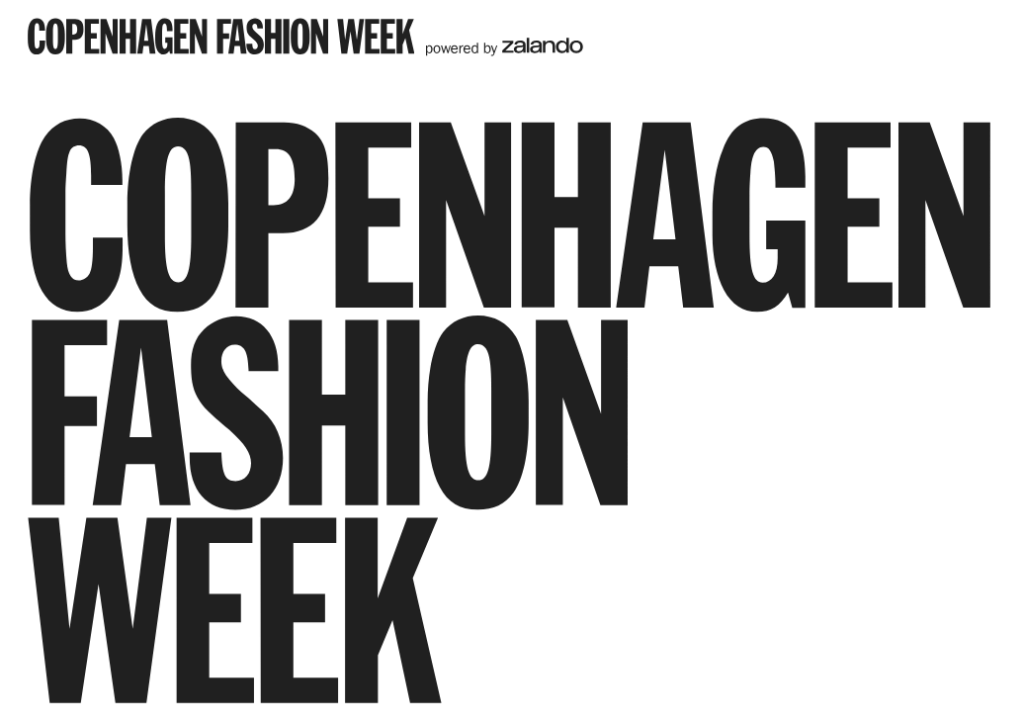 image source: copenhagenfashionweek[dot]com
image source: copenhagenfashionweek[dot]com
Copenhagen Fashion Week (CPHFW) has become fashion’s most forward-thinking runway. As the first stop on the global fashion calendar, it sets more than trends—it sets standards. With a fierce commitment to sustainability and a reputation for effortless Scandinavian style, CPHFW is where modern minimalism meets ethical innovation. Dubbed the “fifth fashion week,” Copenhagen isn’t chasing relevance—it’s defining it.
Think recycled fabrics, gender-fluid tailoring, and runways that actually care about the planet. Think cutting-edge innovation in “Nordic” style, progressive policies, and unmatched support for both established and emerging designers.
Copenhagen Fashion Week (CPHFW) is currently underway from August 4th to August 8th, 2025.
Industry’s Conscience In A Couture Coat
As Copenhagen Fashion Week (CPHFW) unfolds, it reaffirms its status as the world’s most sustainable fashion week—a title earned through action, not aesthetics alone. With bold trends, inclusive runways, and Nordic style evolution on full display, CPHFW continues to set the tone for the season ahead.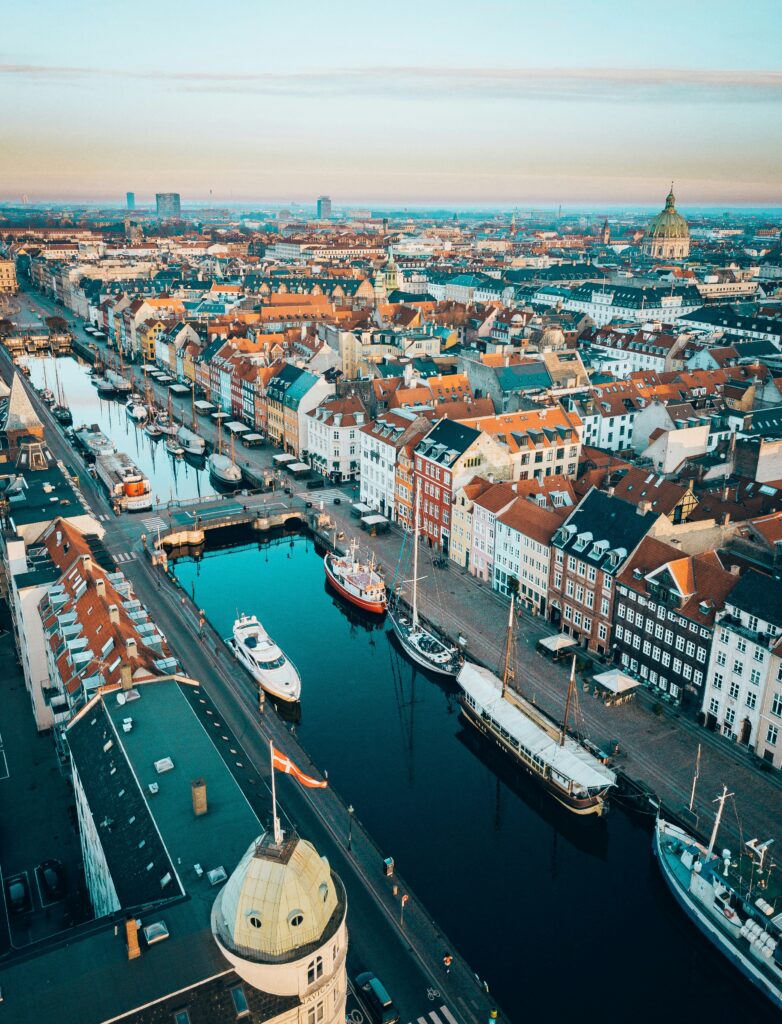
The History of Copenhagen Fashion Week: From Trade Fairs to Global Influence
CFW’s roots reach back to the 1950s, when Danish clothing trade fairs like Dansk Modeuge laid the foundation for the modern event. By 2006, Eva Kruse—along with the Danish Fashion Institute (DAFI)—transformed these fairs into a unified, international fashion week. Her vision: make Scandinavian design globally competitive and show that “responsible production and groundbreaking creativity aren’t mutually exclusive.“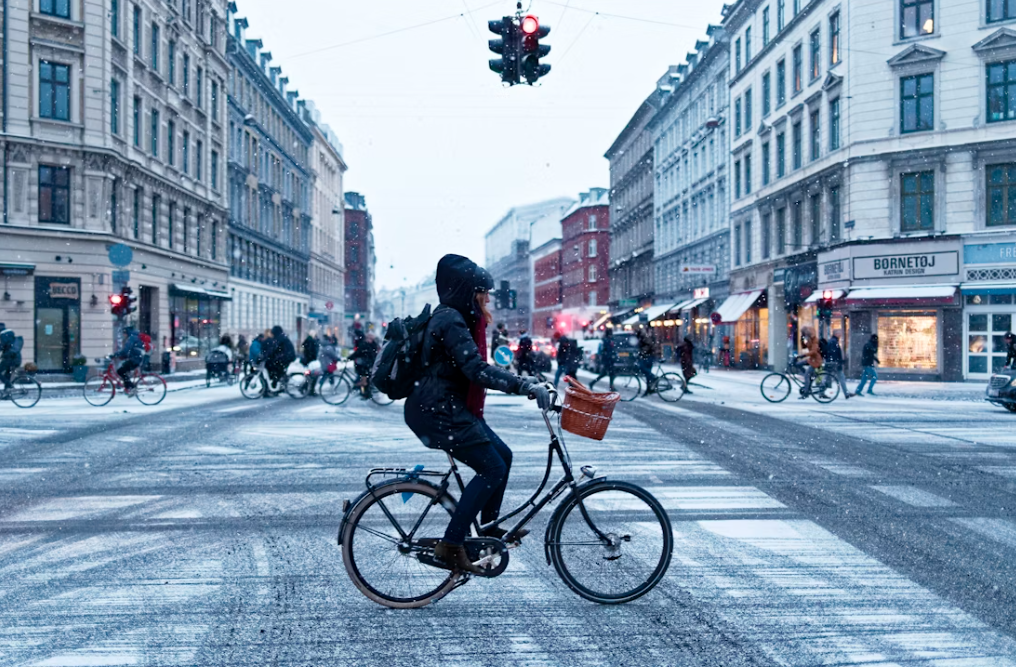
Kruse’s work with DAFI included launching the Copenhagen Fashion Summit in 2009 alongside the UN Climate Change Conference (COP15), establishing CFW as a global leader in sustainable fashion. Kruse’s advocacy for ethical practices culminated in initiatives like the Nordic Initiative, Clean and Ethical (NICE), which promoted sustainable materials and consumer education.
Kruse’s vision positioned CFW as a pioneer in eco-conscious practices, with mandatory sustainability standards introduced in 2020 (fully implemented by 2023) under her successor, Cecilie Thorsmark. Since taking over as CEO, Cecilie Thorsmark has elevated CPHFW’s global influence, forging partnerships with London’s British Fashion Council and Amsterdam Fashion Week to export its sustainability framework. Her 2024 update to the Sustainability Action Plan has further tightened standards, ensuring CPHFW remains a beacon of ethical fashion.
These standards, requiring brands to use at least 60% certified, recycled, or deadstock materials and adhere to circular design principles, made CFW the first fashion week to enforce such measures. This commitment has influenced global fashion weeks and resonated with Gen Z’s demand for authenticity.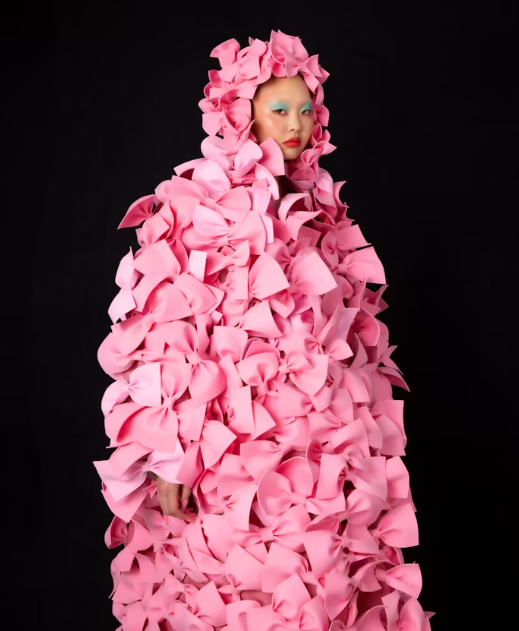
CIFF’s Role:
The Copenhagen International Fashion Fair (CIFF), running alongside CPHFW, amplifies the week’s impact with 1,000 brands across 20,000 sqm. This commercial hub attracts global buyers and press, making Copenhagen a key destination for industry networking and Nordic design discovery.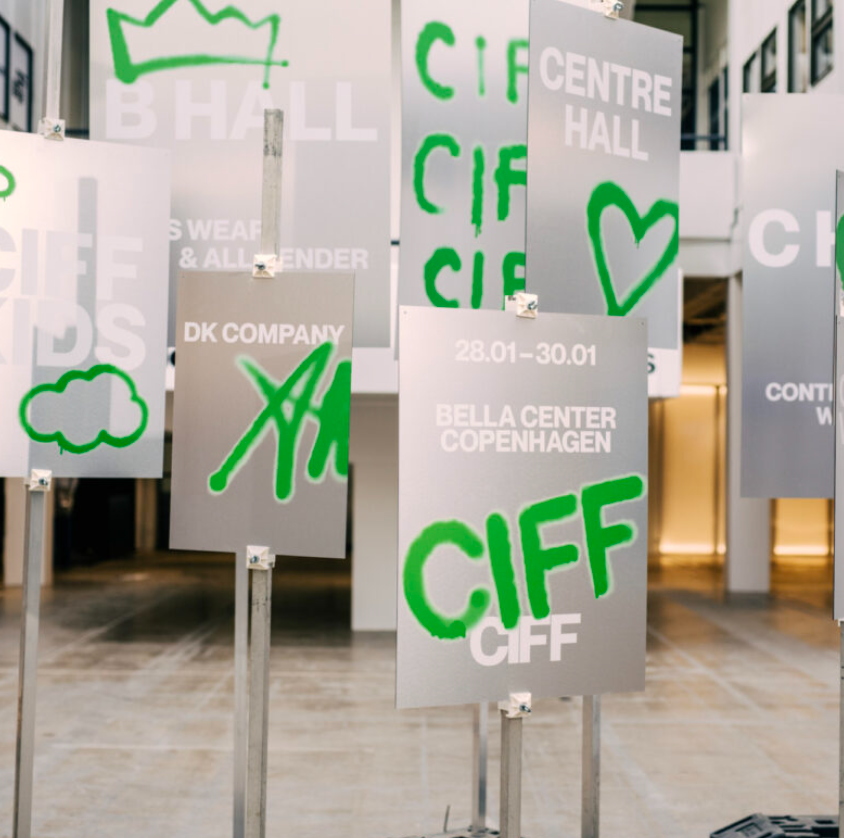
These moves cemented CFW’s reputation as a leader in sustainable fashion, while blending Danish values of modesty, collaboration, and accessibility.
Sustainability at the Core
CPHFW’s 2020 Sustainability Action Plan has been a game-changer, setting 19 minimum standards for all brands to participate in the event. They are intended to drive environmental and social responsibility throughout every brand’s operations.
- At least 60% of every collection must use certified, recycled, preferred, or deadstock materials.
- Strict bans on virgin fur, wild animal skins, feathers, and destruction of unsold goods or samples.
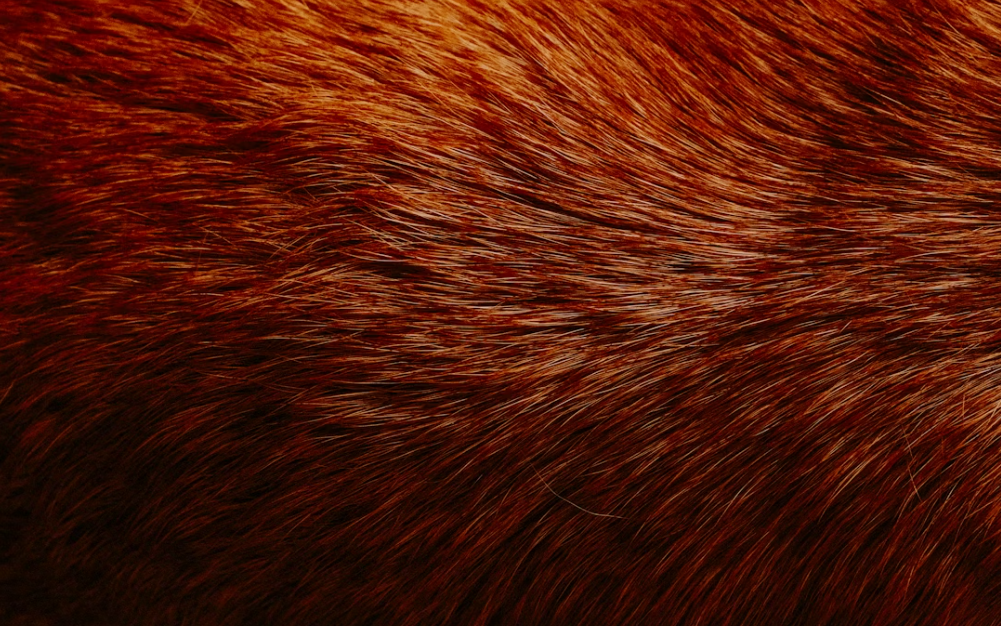
- Mandatory use of circular design principles—garments must be repairable, recyclable, reusable, and include recycled content.
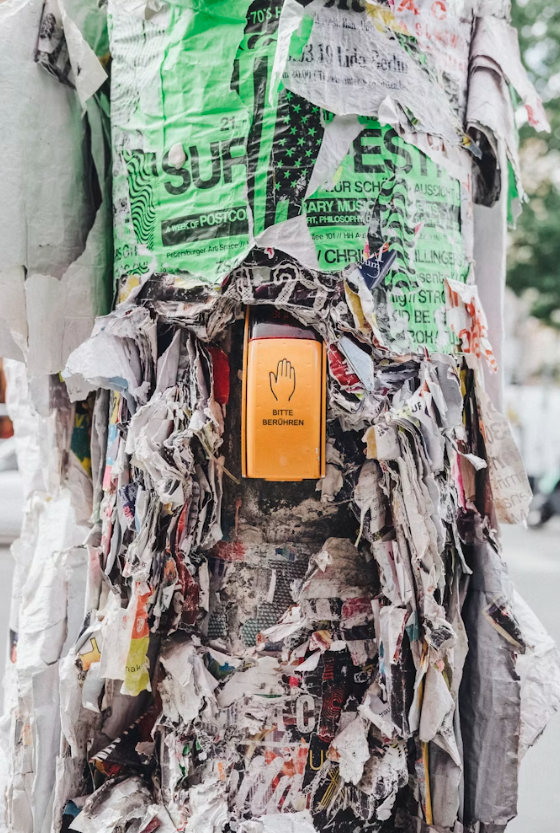
- No single-use plastics in packaging or showcase production; Mandatory digital invitations for all guests and press to eliminate paper waste and minimize the event’s carbon footprint.
- All event and production waste must be sorted as per Danish regulations and repurposed when possible.
- Brands must implement and publicly share a comprehensive sustainability/ESG strategy, reviewed by leadership.
- Equal-opportunity hiring and clear diversity guidelines, especially for management roles, are required.
- Regular staff sustainability training and transparent communication of eco-practices to consumers on at least two public platforms.
- Ethical supplier code of conduct and compliance with international labor standards are mandatory.
- Safe, discrimination-free workplaces with complaint mechanisms and regular audits.
- All props for shows must be rented or reused, with plans for second-life usage post-event.
- Emissions from showcases must be tracked, reduced, and offset in partnership with CPHFW.
- Brands must use eco-friendly, minimized packaging for both online and in-store sales.
- Product quality and longevity must be prioritized, with efforts to collect and act on customer feedback.
- Preferred materials and restricted substances lists must be maintained and enforced; EU REACH compliance required.
- Purchasing and production practices must be designed to prevent supplier harm or late payments.
- All participating brands must sign and uphold the Danish Fashion Ethical Charter.
- Public education through workshops, take-back or repair schemes, and detailed product care information is required.
- Full accountability through annual reporting, policy updates, and active staff/board involvement in sustainability.
These rigorous policies have inspired other fashion weeks, including London’s NEWGEN and programs in Berlin and Amsterdam.
Why CPHFW Kicks Off Fashion Month
Set each August (Spring/Summer) and January (Autumn/Winter), CPHFW launches global fashion month, preceding New York, London, Milan, and Paris. Its accessible location, focus on Nordic talent, and community-driven atmosphere contrast with the high-stakes environments of other cities. This lets CPHFW foster collaboration over elitism—a reflection of Danish culture and the Law of Jante (where humility, not hierarchy, rules).
Scandinavian Style Evolution
CFHFW is known for its trademark “Copenhagen Look”—a blend of:
- Relaxed tailoring and practicality with a liberal dose of layering.
- Functional elegance and wearable creative experimentation.

Leading brands like Ganni, Stine Goya, and Rotate Birger Christensen embody this fusion, offering everything from Y2K influences to playful denim, floral minidresses, and upcycled partywear. Gen Z’s demand for authenticity and versatility is clear: here, comfort and individuality are trendsetters.
“Comfort and design go hand in hand at CFW—you should feel empowered regardless of what you choose to wear.”
— Stine Goya
2025: What’s Happening at CPHFW SS26
Dates & Venues
- This season’s CPHFW SS26 takes place from August 4 to August 8, 2025, bringing 45 brands to the city, from heritage names like Marimekko and Henrik Vibskov to rising talent like IAMISIGO (winner of the Zalando Visionary Award 2025).
- Moreover, the event showcases a broader Nordic presence, with Swedish brands like Rave Review and Filippa K, Norwegian label Holzweiler, and Icelandic outerwear brand 66°North joining Danish stars.
- Key venues span from historic landmarks to modern creative hubs around Copenhagen, creating a dynamic, city-wide celebration of fashion and sustainability.
Don’t-Miss Shows & Designers
Sustainability champions with a playful Y2K edge. Try resale platforms like The Luxury Closet for signature shearling coats and printed dresses.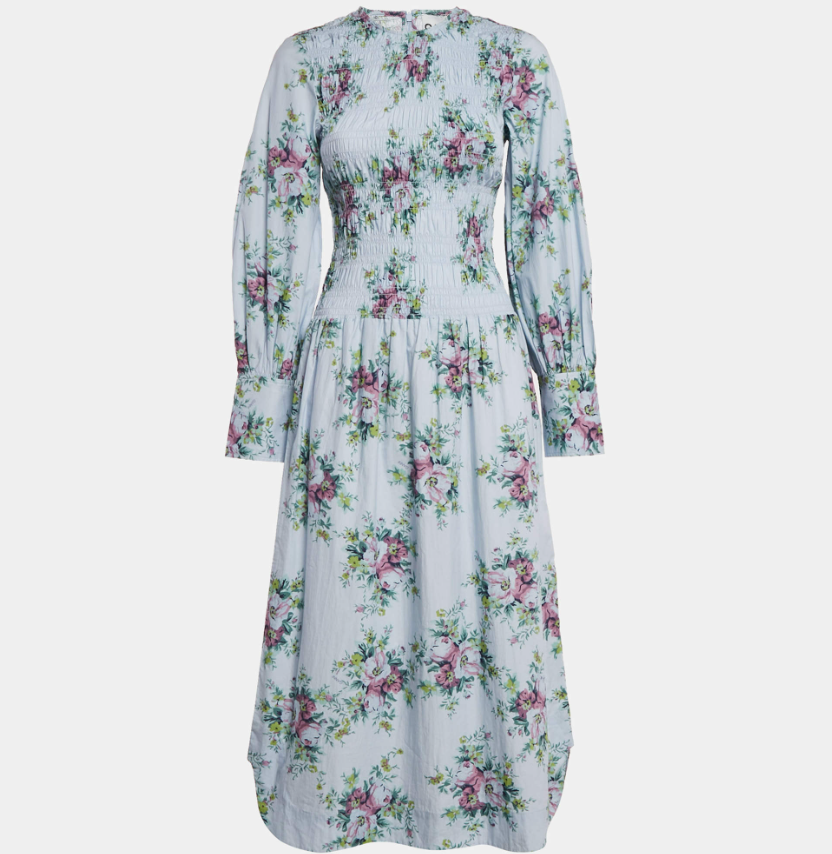
- Stine Goya: Color-forward minimalism, showcased at Aalborg’s Kunsten Museum.
- Cecilie Bahnsen, a Copenhagen native, returns from Paris Fashion Week to celebrate her brand’s 10th anniversary with a retrospective show, blending archival pieces with her signature ethereal designs.
- Rotate: Everyday boldness and party-ready pieces—look for denim gowns and mini florals on eBay.
- A. Roege Hove: Experimental, no-waste knitwear, with Depop as the go-to for similar styles.
- Bonnetje (upcycling, women’s tailoring) and Berner Kühl (austere menswear) lead the up-and-coming designer list.
Standout Trends on the SS26 Runway
Image source: copenhagenfashionweek.[dot]com
- Pastel tailoring and “palette cleansing” neutrals
- See-through layering (mesh and sheer fabrics)
- Relaxed, elevated loungewear
- Nature-inspired motifs and earthy colors
- Functional elegance: Utility meets chic minimalism
Copenhagen Street Style: The Runway Outdoors
On the city’s streets, the CPHFW crowd mixes vintage, thrifted pieces, and luxury—oversized knits, leopard-print coats, and statement boots are everywhere. Trendsetters layer Ganni beanies, Rotate fringed jackets, and thrifted denim. 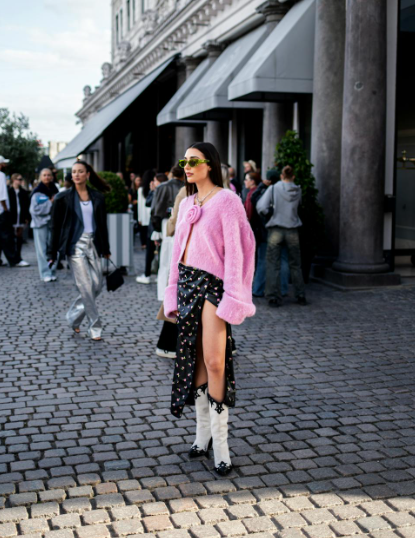
Scandi Staples to Resell or Rewear:
How CPHFW is Leading Fashion Forward
CPHFW’s sustainability requirements have become the template for responsible fashion worldwide. Every brand is audited on sustainability, fairness, and transparency. Shows are zero-waste, upcycled looks are celebrated, and brands educate consumers on garment care and rewear.
Berlin Fashion Week is drawing inspiration from CPHFW’s sustainability standards, alongside London’s NEWGEN and Amsterdam’s programs accelerating fashion’s shift toward circularity and authenticity.
The CFW Effect: Why Fashion’s Future is Nordic
From policy to palette, CPHFW is setting the global agenda. The industry’s most exciting trends—minimalist genderless tailoring, resale booms, and authentic communication—can be traced to Copenhagen’s forward-thinking culture. With functional elegance and sustainability at the core, the city proves you don’t need to sacrifice fun or flair to do fashion right.
Next month’s New York Fashion Week will draw heavily from Copenhagen’s responsible and joyful precedents. Already, buyers are stocking up on the Scandinavian gems that everyone wants next season.
Bonus: Packing for Copenhagen Fashion Week 2026
- Layers: Raincoats, boots, and oversized scarves for unpredictable weather.
- Function > Fussy: Pieces you can cycle in and wear all day.
- Blend it all: Vintage, modern, and anything that channels your unique Nordic flair.
Day 1 Highlights: August 4th, 2025
- Opening Ceremony & Reception: CPHFW launched with a stylish opening ceremony and an exclusive dinner in partnership with Bang & Olufsen, welcoming global fashion leaders and creatives. The evening marked the beginning of a bold, globally connected fashion week.
- Emerging Designers & NEWTALENT: Ganni, through its continued mentorship, spotlighted rising Nordic talents like Bonnetje, Berner Kühl, and Anne Sofie Madsen. These designers received runway exposure, creative guidance, and financial support through the NEWTALENT initiative.
- Runway Highlights: The day opened with OpéraSport’s official SS26 debut, featuring gender-fluid silhouettes and eco-conscious fabrics. Freya Dalsjø’s return was a standout—her bold tailoring and thoughtful construction captured the season’s high-concept spirit.
- Sustainability on Display: All participating brands met CPHFW’s Minimum Standards, with collections rooted in responsible material sourcing, upcycling, and ethical production.
- Industry Buzz: CIFF (Copenhagen International Fashion Fair) amplified the week’s momentum with 1,000 brands spread across 20,000 sqm, creating a dynamic hub for buyers, editors, and influencers.
- Street Style Moments: On the sidewalks, Copenhagen’s signature fashion identity came alive—effortless layering, vintage-luxury combinations, bold accessories, and oversized silhouettes flooded social media feeds.
- Inclusive Fashion Culture: With livestreams, panel talks, and city-wide open events, Day 1 emphasized community engagement—making high fashion more democratic and globally accessible.
Overall, Day 1 of CPHFW SS26 delivered on all fronts—sustainability, innovation, and inclusivity—offering a glimpse of where fashion is heading: collaborative, conscious, and creatively fearless.
Day 2 Highlights: August 5th, 2025
- IAMISIGO’s Visionary Debut:
Winner of the Zalando Visionary Award, IAMISIGO, led by Bubu Ogisi, delivered a powerful multisensory presentation rooted in African spiritualism and craftsmanship. Using materials like reclaimed textiles, tree bark, and hand-beaded details, the runway became a ritualistic installation spotlighting dyeing and weaving techniques from Nigeria, Kenya, and South Africa. - Art Meets Irony – Rat Clutches by Anne Sofie Madsen & Esben Weile Kjær:
https://www.vogue.com/article/why-have-rats-have-invaded-copenhagen-fashion-week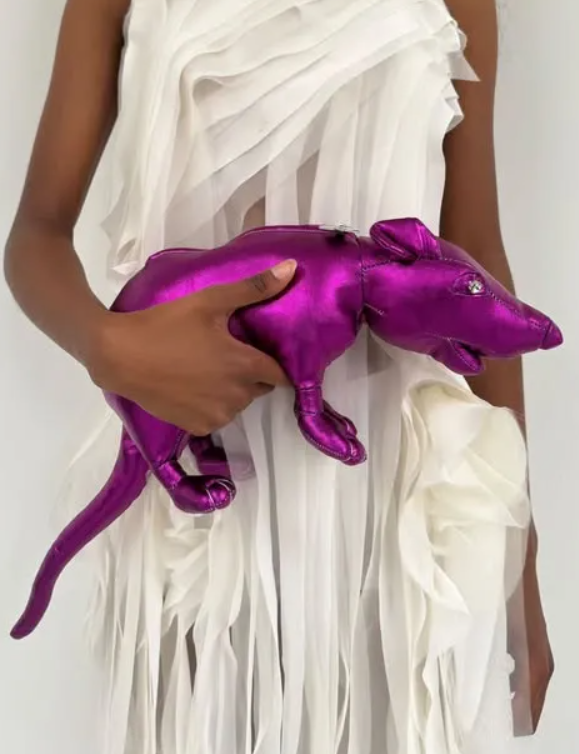
In one of the day’s most talked-about moments, the duo unveiled metallic rat-shaped clutch bags, a tongue-in-cheek nod to subcultural rebellion. These sculptural pieces merged fashion with art, reflecting Copenhagen’s avant-garde spirit and punk satire.
Runway Highlights & Immersive Shows:
The day was packed with standout presentations:
- OpéraSPORT kicked off the formal SS26 schedule poolside, debuting resort-inspired gender-fluid silhouettes, oversized hibiscus prints, and 3D-printed flip-flops made in collaboration with Havaianas.
- Forza Collective leaned into sheer tailoring and abstract necktie details, redefining modern menswear.
- Caro Editions blended vintage textures with silk bows and polka-dot motifs in a romantic yet grounded collection.
- Skall Studio impressed with understated neutrals and sustainable shoes crafted from cactus and orange leather, reinforcing its commitment to minimalism and material innovation.
Nordic Unity in Fashion Design:
Brands including 66°North, Filippa K, Cmmn Swdn, and the Swedish School of Textiles presented unified visions of Nordic aesthetics—characterized by craft-forward construction, muted palettes, and eco-conscious practices.
Street Style Statements:
Copenhagen’s sidewalks became stages for directional fashion once again. Highlights included:
- Bold layering with mixed textures
- Playful accessories like baby carriers and quirky bag charms
- Patterns galore—polka dots, stripes, and contrast prints ruled
- Outerwear game strong with suede coats, oversized knits, and streetwear staples
Overall Day 2 of CPHFW SS26 continued to affirm Copenhagen’s unique fashion identity: a platform where art meets activism, and where sustainability, inclusivity, and cultural storytelling are not trends—they’re essentials.
How The Luxury Closet Upholds Copenhagen Fashion Week’s Sustainability Ethos
Like CPHFW, The Luxury Closet is changing how fashion lovers shop—championing pre-owned luxury and the circular economy. From Chanel to Hermès, every authenticated, pre-loved item keeps fashion out of landfills and extends the life of beloved pieces, letting style and sustainability go hand in hand.
Whether you’re giving a vintage LV bag a new life, or discovering a designer dress from seasons past, you’re not just investing in style—you’re embracing a conscious, modern movement that values longevity over excess.
Shop pre-owned Ganni on The Luxury Closet and “be a part of the circular fashion movement.” And for real-time updates, keep following our blog—and stream the CPHFW runways live at copenhagenfashionwe ek.com.
ek.com.
Image source: copenhagenfashionweek[dot]com
Q1. What is Copenhagen Fashion Week?
A bi-annual global fashion event in Denmark showcasing Nordic design, sustainable fashion, and emerging talent.
Q2. When does Copenhagen Fashion Week take place?
It takes place twice yearly—in January/February (Autumn/Winter collections) and August (Spring/Summer collections).
Q3. Is Copenhagen Fashion Week open to the public?
Some events are open to the public, including pop-ups and installations, but most runway shows are invite-only. Many designers livestream their shows.
Q4.What makes Copenhagen Fashion Week unique?
It is recognized as the world’s most sustainable fashion week with mandatory sustainability standards that all participating brands must follow.
Q5. What are the main sustainability initiatives at CPHFW?
They include strict material sourcing, circular design principles, zero-waste show production, banning single-use plastics, and supply chain transparency.
Q6.Who are some key designers to watch at Copenhagen Fashion Week?
Notable designers include Ganni, Stine Goya, Rotate Birger Christensen, Nicklas Skovgaard, and emerging designers like Bonnetje.
Q7. How can I watch Copenhagen Fashion Week shows if I can’t attend?
Many shows are livestreamed online via CPHFW’s official channels or designers’ social media.
Q8. What are the top trends at Copenhagen Fashion Week SS26?
Pastel tailoring, sheer layering, elevated loungewear, nature-inspired prints, and functional elegance.
Q9. How does Copenhagen Fashion Week impact global fashion?
CPHFW sets trends and sustainability standards that influence New York, Paris, Milan, and Amsterdam Fashion Weeks.
Q10. What is the dress code for attending Copenhagen Fashion Week?
Comfort, layering, and a blend of vintage with modern pieces reflecting Scandinavian minimalism and personal style.



